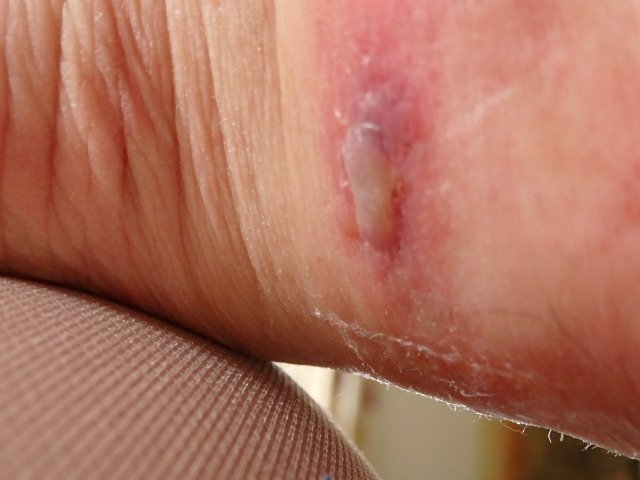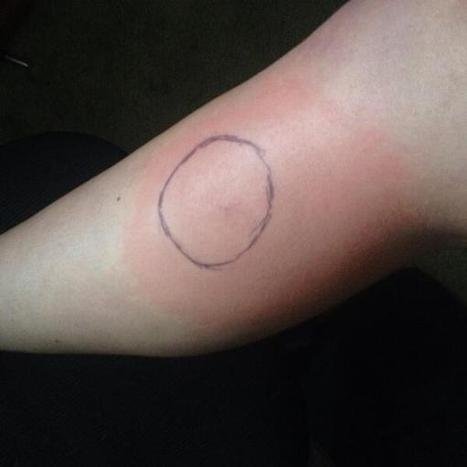Cellulitis in people with Lipoedema
What is cellulitis?
Cellulitis is a type of skin infection. If you have lipoedema, you may be at risk of cellulitis if:
- You also have lymphoedema swelling
- You have a chronic skin condition, or damage your skin (cut, insect bite, blister, ulcer)
- You have had cellulitis in the past.

Why does cellulitis develop?
If you have lipoedema and/or lymphoedema, your lymphatic system may be less effective at dealing with infection or skin damage, and removing waste products. Bacteria can thrive in areas where fluid has accumulated. If cellulitis develops, this can also damage the fragile lymphatics.
What should I do if I think I have cellulitis?
You should arrange to see a doctor urgently (the same day). It is likely that you will require antibiotics. If your temperature is raised, you may need to start antibiotics very quickly. Sometimes blood tests are done to check for inflammation or infection.

What is the treatment for cellulitis?
A two week course of antibiotics is often given. It is very important that you finish the full course of treatment to ensure you have fully recovered. Antibiotics that are commonly used include amoxicillin. Read more about advised treatment here on the consensus document on the management of Cellulitis in Lymphoedema, issued by the BLS ( British Lymphology Society).BLS Statment on Management of Cellulitis 2016
Some people will be admitted to hospital for intravenous antibiotics, and then continue taking antibiotic tablets for a few weeks afterwards.
If you have recurring cellulitis you may need a small daily dose of an antibiotic for 1-2 years or more. If you have had cellulitis in the past and will be somewhere without easy access to a doctor, consider asking your doctor for a ‘just-in-case’ prescription before you travel. This means you can start treatment quickly if cellulitis does occur.
Steps to avoiding cellulitis
- Careful skin washing and moisturising to keep your skin healthy (cream in a pump dispenser is advised to reduce the risk of contamination)
- Avoid use of wet shave, or any other activities that could damage your skin and nails
- Use an antiseptic wipe or cream on any cuts
- Protect your skin; for example, use insect repellent to avoid bites and stings
- Get treatment for a rash such as dermatitis, or problem such as athlete’s foot
Some tips for self-care during cellulitis are:
- Remove any compression garments or bandage, and avoid any massage or exercise,until after the acute symptoms have gone
- Rest with the affected limb in a comfortable position (having it slightly raised may help minimise the risk of more swelling)
- Get advice from your doctor or nurse if your temperature is high, or you are in pain
This information is taken from the British Lymphology Society and Lymphoedema Support Network consensus document: Management of Cellulitis.
